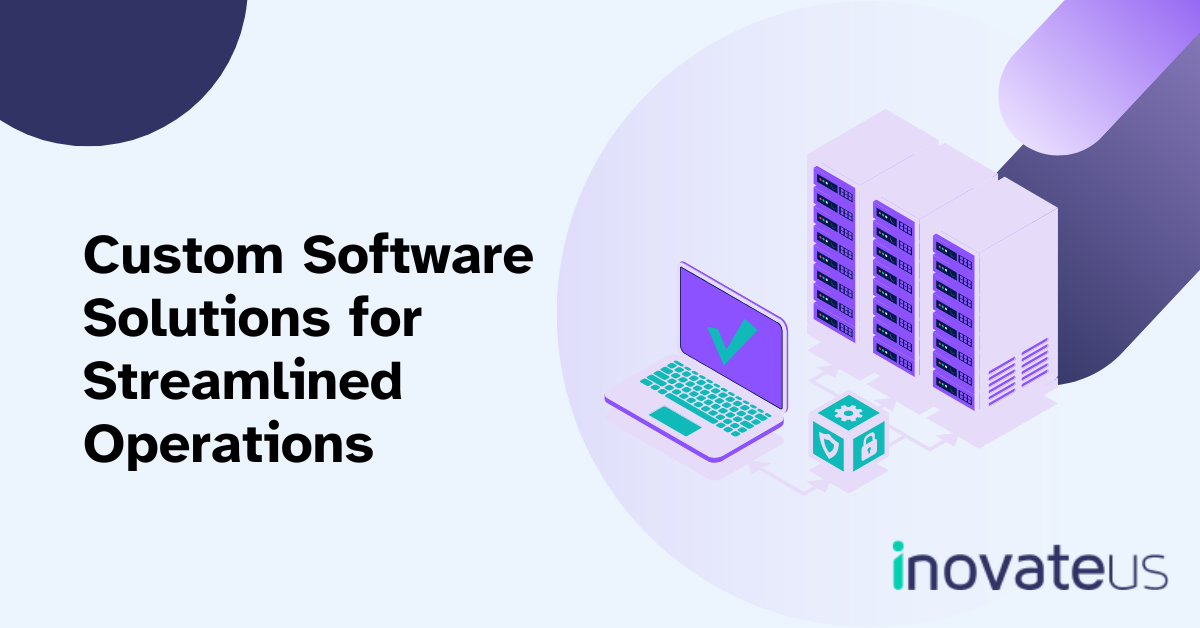Software prototyping involves developing an initial sample or a mockup of a product whose main objective is to test a process or a concept and validate its requirements. In software development, prototypes are tested programs (for example, the beta version of an application) with several key purposes:
- Illustrate the use of the prototype at different stages of the development project.
- Examine scalable and disposable prototyping
- Implement rapid prototyping techniques: database programming, high-level language development, and component reuse.
- To clarify why is UI prototyping required
In the business environment, a software prototype helps the customer or developer understand the requirements of a system. Prototypes simulate only various aspects of the basic functionality of a program. The final version can differ completely from the initial implementation. Software prototypes allow software users to evaluate designs through testing. They don’t have to evaluate and interpret the initial design based on simple descriptions.
Prototypes are great for improving software development projects on two fronts:
- they demonstrate the existence of a concept (and work to improve it)
- they have the ability to teach teams valuable lessons on the best approaches a software system should take. in the development process.
Software Prototyping Benefits
One of the biggest benefits of software prototyping is the ability to get feedback early in the project. The customer and developer can make comparisons to see whether or not the initial software meets the software requirements. Other advantages of software prototyping:
- Checks to ensure that the program has a good workflow and is easy to use.
- Misunderstandings between software developers and users exposed and addressed
- Confusing or missing services easily identified and changed
- Work system available in the early stages of the process
- System testing and user training supported
- Reduced costs and times: Prototyping improves the quality of requirements and specifications because changes detected later in the development process are much more expensive to implement. At the beginning of a project, it is easier and cheaper to determine the needs and wishes of the client; this translates into less expensive software and faster results.
- Better User Engagement: Software prototyping requires user involvement. It also allows users to interact with the prototype, providing the opportunity to provide improved and more comprehensive specifications and feedback. Misunderstandings are caught and corrected early in the process. This saves time and improving the bottom line. The final product will live up to the user’s expectations in terms of performance, appearance, and usability.
Software prototyping process

Software prototyping is a 4-step process and should not be confused with a pilot project. The purpose of a prototype is to test a concept, be it commercial or technical. Pilots, on the other hand, are meant to demonstrate the delivery method of an individual project. For example, the concept cars presented at international motor shows are excellent prototypes, while the ten Apollo missions, followed by an eleventh successful mission (the moon landing) are pilot projects.
In software development, the prototype is the deliverable; The deliverable includes prototype usage plans, and user feedback is needed to refine the design and ensure that the final application system meets the customer’s needs before the final phase of the project is completed.
Here’s a quick overview of the 4-step software prototyping process:
- Initial identification of needs: The software publisher chooses the basic capabilities of the software. He decides who the user should be, then gives the project specifications to the software developer or designer.
- Initial prototype development: The developer assesses the requirements. A template and a “sample” of what the final product should look like is then attached.
- Review: Now that the prototype has been developed, the publisher can get an overview of the design and functionality. In some cases, the customer may even test the product and suggest improvements (eg beta testing).
- Review and Update: The last step of the software prototype is to review the software prototype based on feedback from the customer or beta tester.
When is prototyping used?
Prototype models are often used when a system needs to interact and cooperate with end-users. Web interfaces and online systems in general exhibit a greater amount of user interaction. These systems take time to build. However, it will be worth it, as the final product will require minimal training for the user to work with the program. Systems that require users to go through certain screens and fill out forms before processing data can benefit from prototyping to gain deeper insight into the software before the final version is developed.
Why is Software Prototyping Good for Businesses?
It’s not hard to find a smart software developer who can understand the benefits of prototyping but is not empowered to access the data that supports their wisdom. After the project is finished, it is not a habit for companies to restructure a project again just to get a suitable data point. Creating a controlled trial of proper software is expensive and we usually don’t have time to explain our instincts beyond “it’s better, you have to trust me.” Today, most customers want clear answers. They want proof. They want to know WHY they should trust you, and you can only do that by showing them a sample of your product, basically a prototype.
Intuitively, some companies know that prototyping is essential to design software projects on budget and on time. Better communication clarity and a shared understanding shaped by a prototype is just an improved way to highlight requirements.
After measuring the changes, the company stumbled upon some pretty incredible results. Cost estimates and build processes increased by 50% inaccuracy, clarification requests from the development team decreased by 80%.
How Companies Can Benefit From Prototyping During The Software Development Process
It’s pretty clear that prototyping has to do something right for business. By simply eliminating 75% of the time-consuming and expensive work, we’ve already saved a lot of money. What is surprising is that prototyping takes less time in the requirements phase. This makes the project schedule more predictable. Instead, what is certain is that many companies cannot take the time to create prototypes.
Prototyping is essential during the software development process. It helps commercial developers and customers communicate the intent (project) of a design in a crystal clear way. The approach helps companies develop the best design ideas and test each of the assumptions they make. Then, collect real-time feedback from all parties involved in the process and create the final software solution.
Prototypes are more than just basic design tools. They demonstrate HOW and WHY they can be a useful tool for designing and marketing a product, testing equipment feasibility, and gaining internal buy-in. IT Enterprise is here to help you understand the benefits of software prototyping for your business. Let us be the voice of your next software and we promise you a product like no other.
How to estimate software cost?
Technologies and IT tasks are increasingly complex. Identifying the pitfalls of selected technologies is not an easy task. How to estimate the cost of software, where to start? Soon:
- Understand what to do to achieve the project objective and deliver it in the best possible way;
- Identify as many requirements and constraints for the project as possible;
- Prove the requirements received;
- To determine how much software development costs, involve all relevant professionals.
Software development costs
To achieve the goal of the project, break it down into custom actions. Divide them into tasks, divided into subtasks, etc. And so on until each task is understandable to a beginning specialist and he has clear criteria on how to verify its implementation.
Create
- An installation utility.
- A configuration utility (there may be several: an initial configuration, a system configuration
settings, security settings). - A utility for initial data population and optionally a utility for migrating to a new version.
- Diagnostic utilities (utilities that will help you check if you installed everything correctly).
- A registration module. Even if the client does not need it, it will be of great help in identifying errors and deficiencies.
- A security module.
Steps to estimate software project cost
First, use the breakdown structure of the job to format everything:
- Categorize and classify project tasks by priority, each task falls to the responsible employee;
- Define the time it will take to complete each task according to the capabilities of your employee;
- Define connections and dependencies between tasks;
- Establish the milestones that the project must meet and the deliverables that it must bring as a result.
Critical path analysis is on the basis of classified tasks. Basically, you have to go through each task and the attached work hours and build the most critical sequence (the longest path to complete.
Based on that, you can make adjustments:
- prioritize some tasks over others,
- move some activities ahead of others,
- and see if a potential downtime would do the least damage.
With such planning in hand, you can easily calculate the most realistic project timelines and timelines, including the earliest and latest project start and finish dates, downtime, and the best and healthiest timelines.
Final Verdict
Do you want a customized software cost estimation for your project? Contact us and get free consultation call for your software project.











